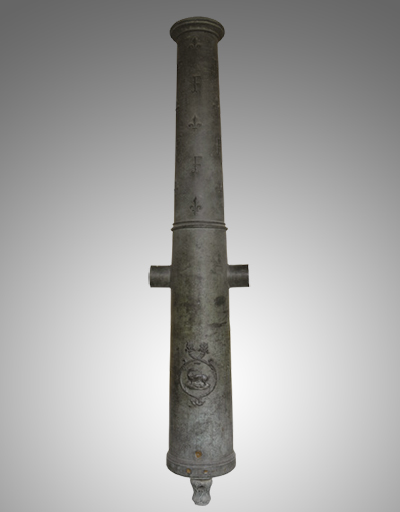Emergence of the state: between modernity and tradition
1477-1491, toward a great kingdom
At the end of the Hundred Years’ War, the authority of the King of France once again extended over the territories that had previously been occupied by the English. All that remained to do was to unify his kingdom and get the grand princes under his control, who were dreaming of freeing themselves from royal authority. In 1477, the death of Duke Charles the Bold saw Louis XI rid of a powerful rival. The King of France initiated the conquest of the duchy of Burgundy. The war and negotiations lasted until 1482. The eventual result was that the territories of Artois, Burgundy, Charolais, Mâcon and Auxerre entered the fold of the King of France. At the other end of the country, the ‘Mad War’, which ran from 1485 to 1488, laid the ground for the union of Brittany and France. In 1491, the marriage between Charles VIII and Duchess Anne put an end to the conflicts in the west of the kingdom and joined Brittany to the throne of France.
By the end of the 15th century, the kingdom of France had become an immense country, extending over 450,000 square kilometres, which is four fifths the size of present-day France.
The italian adventure of the kings of France
At the end of the Middle Ages, Italy was a very fragmented territory in political terms but its cultural and scientific wealth was envied by many. Between 1494 and 1559, the kings of France undertook 11 military campaigns on the peninsula. With many dramatic twists and turns, the Italian adventures can nevertheless be summarised into a single scenario that was repeated under three successive kings: an initial phase of rapid success followed by a series of reversals.
In 1492, Charles VIII began to assert his rights over the kingdom of Naples, which had been bequeathed to his father by René d’Anjou in 1480. He crossed the Alps over the summer of 1494 and reached Naples in several months: the furia francese descended on Italy. However, this conquest was fleeting and by the time of his death in 1498, nothing of Italy remained under his rule. His cousin and heir, Louis XII, pursuing the same policy, lay claim to Naples as well as Milan, which he captured in 1499. This victory was also very brief: beginning in 1503, the French were forced to surrender and give up their conquests and the Milanese territory was lost. Louis XII was forced into a costly peace. His death on 1 January 1515 triggered a new start to the war, with Francis I taking up the claims of his predecessor.
Zoom
New artillery : Battlefields in flames
It was in the small army that formed around the future King Charles VII, who was exiled to Bourges, that the term ‘man-at-arms’, which had been used since the middle of the 14th century, replaced that of ‘knight’. The aristocracy, which had been devastated at Agincourt, had only a minor presence by the dauphin, who had to call on foreigners, the Scottish, Aragonese, Italians or commoners. They wore a highly polished iron harness, and these ‘brigands’, as they were called by their enemies, perhaps gave their name to the brigandine, a leather waistcoat lined with metal plates. This hired heavy cavalry, or ‘men-at-arms’, each led a ‘lance’, comprising two or three lighter cavalrymen and a varying number of footsoldiers.
The lance continued to be the tactical unit of the French armies at the time of the Italian Wars: at Marignano, Francis I had 2,500 lances, corresponding to 2,500 heavily armoured footsoldiers, each accompanied by six to eight men, light cavalry, armoured assistants or infantrymen, amount to close to 20,000 combatants.
Artists and arms manufacturers
From the second half of the 15th century onwards, some highly talented founders entered the service of the King’s armies. They produced pieces for the royal artillery, but also responded to other requests, making furniture and statues. A few remnants of these works of art can still be found today.
This bronze angel made in Lyon in 1475 is the most notable example. It was probably made as a decoration for La Sainte Chapelle in Paris and is signed by Jean Barbet, cannon maker to the king and head of Lyon foundry.


















